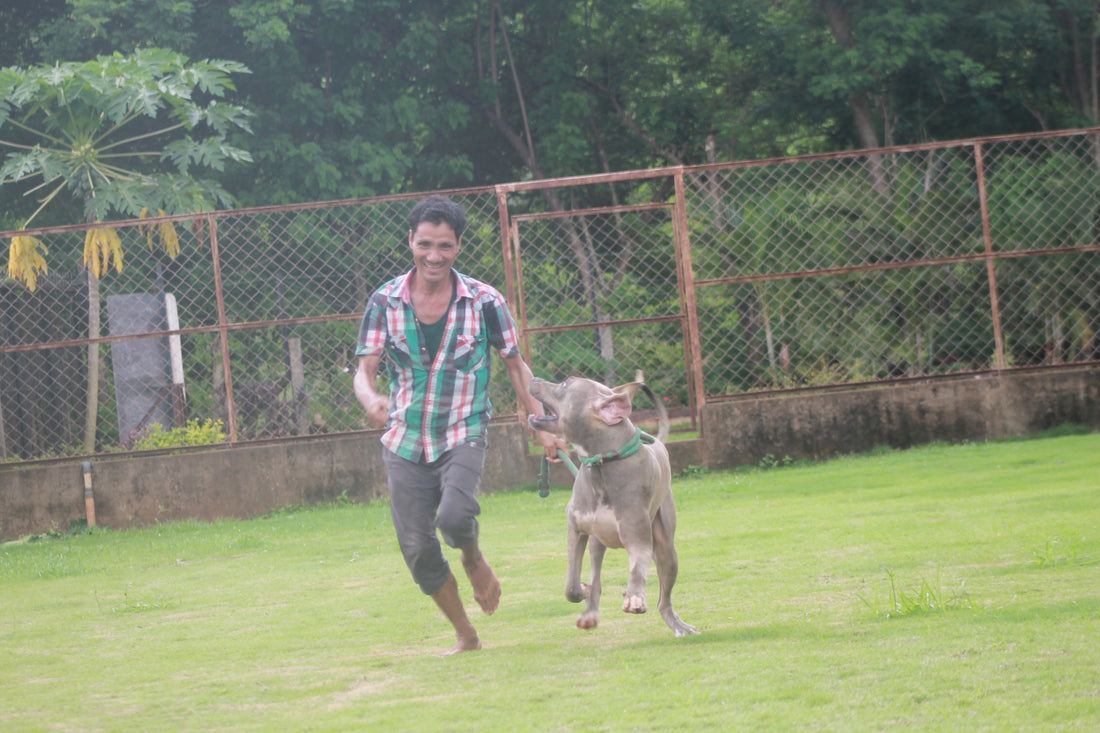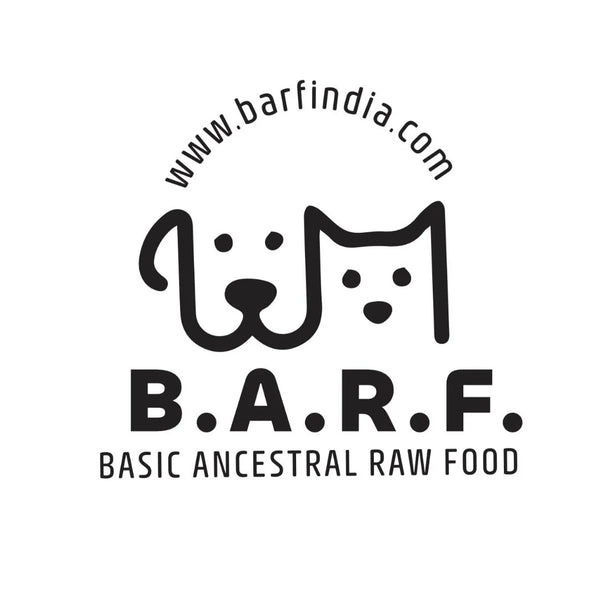
How to Measure Your Dog's Food: A Guide to Proper Nutrition for a Healthy Canine
Share
Introduction
Ensuring your dog receives the right amount of food is crucial for their health and longevity. Just like humans, dogs require a balanced diet to thrive and maintain optimal health. However, determining the correct portion size can be challenging, especially with the plethora of options available in the market. In this blog post, we'll discuss the importance of measuring your dog's food and provide guidelines on how to do it effectively, focusing particularly on raw food diets for adult dogs and puppies.
Understanding the Basics of Canine Nutrition
Before delving into the specifics of measuring your dog's food, it's essential to understand the basics of canine nutrition. Dogs require a balanced diet consisting of proteins, carbohydrates, fats, vitamins, and minerals to support their overall health and well-being. Each nutrient plays a vital role in maintaining various bodily functions, from muscle development to immune system function.
When it comes to feeding your dog, it's essential to consider factors such as age, breed, size, activity level, and any underlying health conditions. Puppies, for example, have different nutritional needs than adult dogs, while senior dogs may require specialized diets to address age-related issues. Additionally, factors such as obesity, allergies, and digestive sensitivities should also be taken into account when determining the appropriate diet for your canine companion.
Importance of Proper Portion Control
Proper portion control is essential for maintaining your dog's overall health and preventing issues such as obesity, digestive problems, and nutrient deficiencies. Overfeeding can lead to weight gain and obesity, which are associated with various health problems such as joint issues, diabetes, and heart disease. On the other hand, underfeeding can result in malnutrition and stunted growth, particularly in growing puppies.
By measuring your dog's food accurately, you can ensure they receive the right balance of nutrients without over or underfeeding. This not only helps them maintain a healthy weight but also promotes optimal growth, development, and longevity. Additionally, feeding your dog the correct portion size can help prevent behavioral issues such as food guarding and begging, as they will be satisfied and less likely to exhibit problematic behaviors.
Measuring Raw Food for Adult Dogs
Raw food diets have gained popularity in recent years due to their perceived health benefits and resemblance to a dog's ancestral diet. These diets typically consist of raw meat, bones, organs, and occasionally fruits and vegetables. When feeding your adult dog a raw food diet, it's recommended to feed them approximately 2% to 3% of their current body weight, depending on their activity level.
To determine the correct portion size for your dog, start by weighing them using a digital scale. Once you have their current body weight, calculate 2% to 3% of that weight to determine the amount of food they should be fed daily. For example, if your dog weighs 50 pounds, you would feed them between 1 to 1.5 pounds of raw food per day.
It's important to note that the 2% to 3% guideline is just a starting point, and you may need to adjust the portion size based on your dog's individual needs. Factors such as metabolism, energy level, and overall health should be taken into consideration when determining the appropriate amount of food to feed your dog. Monitoring their weight and body condition regularly can help ensure they are receiving the right amount of food to maintain a healthy weight and optimal condition.
Feeding Puppies: The 10% Rule
Puppies have significantly higher energy requirements than adult dogs due to their rapid growth and development. Therefore, it's essential to provide them with adequate nutrition to support their growing bodies. When feeding puppies, a general guideline is to feed them approximately 10% of their current body weight until they reach 8 months of age.
For example, if you have a 10-pound puppy, you would feed them 1 pound of food per day, divided into multiple meals to accommodate their small stomach capacity. As puppies grow, their nutritional needs will change, so it's important to adjust their portion size accordingly. Consulting with your veterinarian can help ensure your puppy receives the proper nutrition for healthy growth and development.
Making Adjustments for Activity Level and Health Issues
While the guidelines mentioned above provide a good starting point for measuring your dog's food, it's important to remember that every dog is unique. Factors such as activity level, metabolism, and health issues can influence their nutritional needs. Dogs that are more active may require additional calories to fuel their energy expenditure, while dogs with certain health conditions may need specialized diets tailored to their specific needs.
If your dog is overweight or underweight, you may need to adjust their portion size accordingly to help them reach and maintain a healthy weight. Similarly, if your dog has food allergies or sensitivities, you may need to explore alternative protein sources or specialized diets to avoid triggering adverse reactions.
Monitoring Your Dog's Weight and Body Condition
Regularly monitoring your dog's weight and body condition is essential for ensuring they are receiving the right amount of food. A healthy weight can vary depending on factors such as breed, size, and body composition. Ideally, you should be able to feel your dog's ribs without pressing too hard, and they should have a visible waist when viewed from above.
If you notice that your dog is gaining or losing weight unexpectedly, it may be a sign that you need to adjust their portion size or diet. Consulting with your veterinarian can help identify any underlying health issues and develop a plan to address them effectively.
Conclusion
Proper nutrition is essential for your dog's overall health and well-being. By measuring their food accurately and adjusting their portion size based on factors such as age, activity level, and health status, you can help ensure they receive the right balance of nutrients to thrive. Whether you're feeding your dog a raw food diet or a commercial kibble, following these guidelines can help promote optimal health, longevity, and happiness for your canine companion. Remember to monitor their weight and body condition regularly and consult with your veterinarian if you have any concerns about their diet or nutrition. With proper care and attention, you can help your dog live a long, healthy, and fulfilling life.
